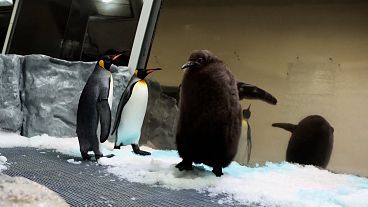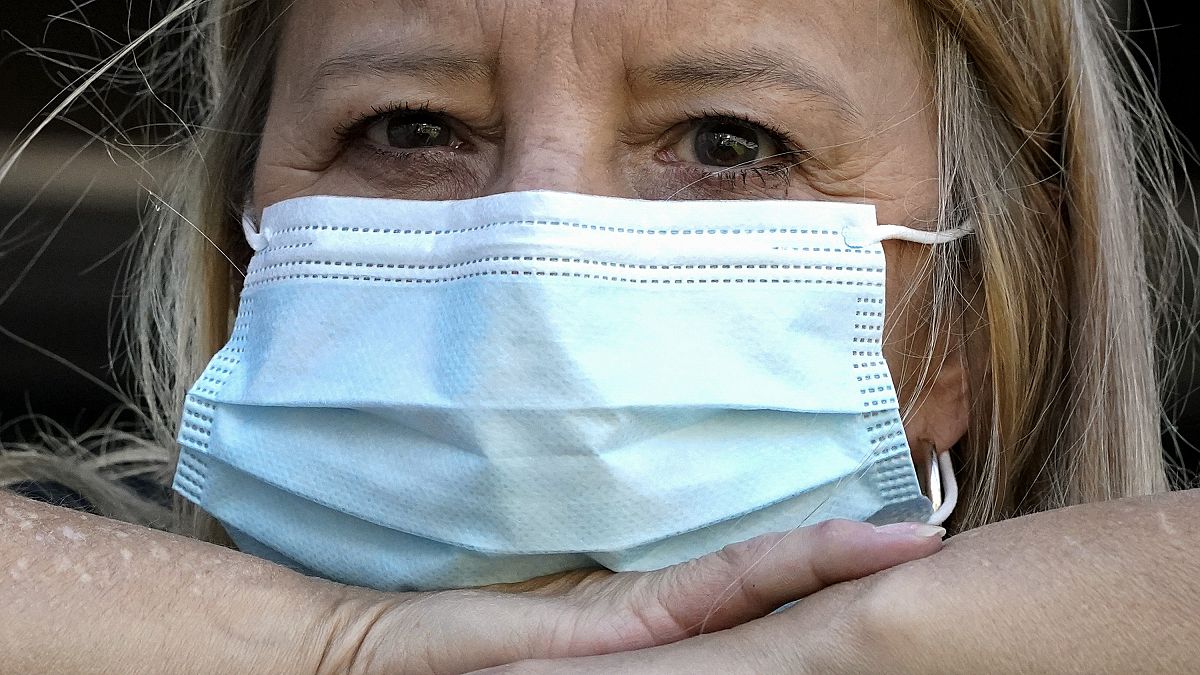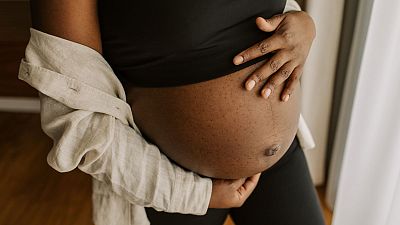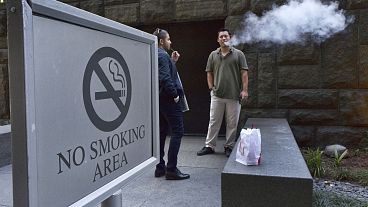A new genetic analysis looks at species of animals present at the Wuhan market that may have spread COVID-19 to people.
Researchers have created a shortlist of possible wildlife present at a market in Wuhan, China where the COVID-19 pandemic likely originated.
In a new study published on Thursday in the journal Cell, they analysed genetic data from more than 800 samples collected around the Huanan Seafood Wholesale market by Chinese authorities starting on January 1, 2020.
The Chinese scientists had published the sequences but did not identify the animals possibly infected with coronavirus.
"This may be the last big, new set of data directly from the market, and in a way, it's like finishing the last piece of a puzzle showing a picture that has been pretty clear already," Michael Worobey, a co-author on the paper from the University of Arizona in the US, said in a statement.
"We present a thorough and rigorous analysis of the data and how it fits in with the rest of the huge body of evidence we have about how the pandemic started".
The researchers found for instance that "the common raccoon dog was the most abundantly detected animal species in market wildlife stalls sampled on January 12 and in the wildlife stall with the most SARS-CoV-2-positive samples".
They also found civet cat and bamboo rat DNA in positive environmental samples of the virus, they said in the study.
'COVID was circulating at that market'
"Many of the key animal species had been cleared out before the Chinese CDC teams arrived, so we can't have direct proof that the animals were infected," Florence Débarre, a co-author from the French National Centre for Scientific Research, said in a statement.
"We are seeing the DNA and RNA ghosts of these animals in the environmental samples, and some are in stalls where SARS-CoV-2 was found, too.
"This is what you would expect under a scenario in which there were infected animals in the market," she added.
The research supports the scenario that COVID-19 likely emerged from animals but it does not resolve the debate over whether it emerged instead from a research lab.
Mark Woolhouse, a professor of infectious diseases at the University of Edinburgh in the UK, said the new genetic analysis suggested that the pandemic "had its evolutionary roots in the market" and that it was very unlikely COVID-19 was infecting people before it was identified at the Huanan market.
"It’s a significant finding and this does shift the dial more in favour of an animal origin," Woolhouse, who was not connected to the research, said. "But it is not conclusive".
"There is no question COVID was circulating at that market, which was full of animals," he added.
"The question that still remains is how it got there in the first place".















